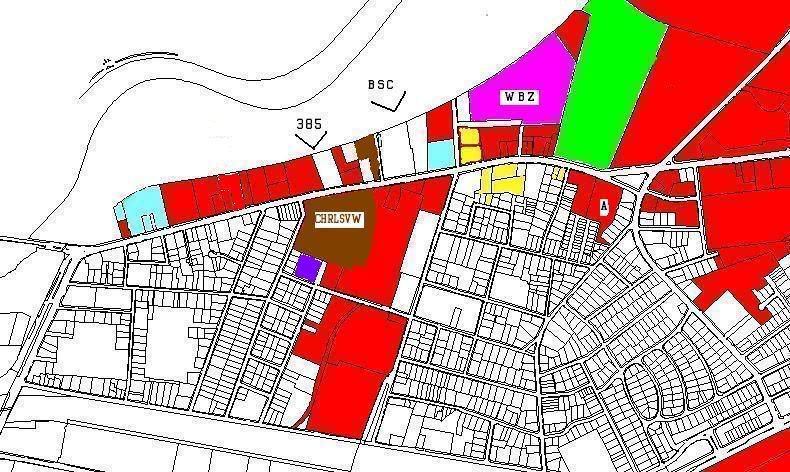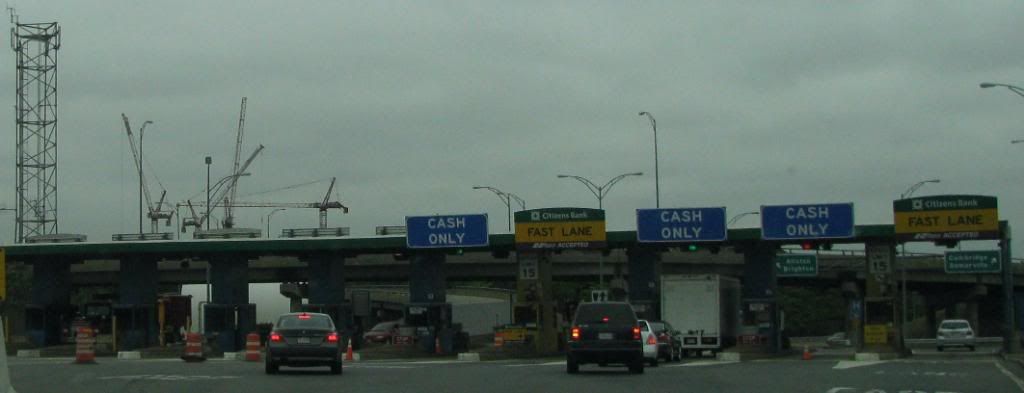Profs Weigh Leaving Harvard over Allston Slowdown
Published On Sunday, March 01, 2009 6:57 PM
By PETER F. ZHU and ESTHER I. YI
Crimson Staff Writer
ARTICLE TOOLS:
E-mail this Article
Share on Facebook
Printer Friendly Version
Listen to this article
Download MP3
Write a Letter to the Editor
In the sharpest reaction thus far to the recent decision putting the brakes on the University?s planned expansion into Allston, two professors in the Department of Molecular and Cellular Biology have considered leaving Harvard, fearing that fallout from the slowdown will harm their research.
The University?s plans to deal with the slowdown by re-assigning MCB laboratory space to the stem cell researchers who were originally slated for Allston has raised concerns that basic biology research is being de-prioritized in the current financial crisis, according to several professors contacted by The Crimson last week.
Those concerns have taken a toll, as professors in MCB have grown uneasy about their ability to continue their work amidst planning for the move and increasingly frustrated by their treatment at the hands of University administrators.
Tom Maniatis, an MCB professor renowned for his work in molecular cloning, has made plans to leave Harvard to chair Columbia?s Department of Biochemistry and Molecular Biophysics, according to his lab administrator William C. McCallum.
While Maniatis did not respond to repeated requests for comment last week, two colleagues confirmed that the University?s decision on Allston had cemented his departure plans.
Once slated to become a centerpiece of the new Allston Science Complex as early as 2011, the Department of Stem Cell and Regenerative Biology will now occupy the Sherman Fairchild Biochemistry Building, uprooting the MCB researchers currently situated there.
The impending move, likely to occur by summer, has already posed an ?enormous distraction? to research, said one professor, whose laboratory, like that of Maniatis, is housed in Fairchild.
The professor?who asked that he not be named in order to preserve his relationship with the University?said that he would certainly consider opportunities to leave Harvard in light of the disruption.
MCB Professor Matthew Meselson, whose laboratory has been stationed in Fairchild for nearly 30 years, said that while he still awaits further details of the move from administrators, any decision hampering his research would be ?very serious? and force him to confront senior University officials.
The move out of Fairchild?which could take weeks?would also require lengthy consultation with architects and planners, according to several professors with laboratories in the building. To accommodate incoming stem cell researchers, Fairchild would have to be gutted and reconstructed.
Faculty members also expressed concerns that the Northwest Science Building?the most likely destination for the displaced MCB laboratories?may provide inadequate facilities. Northwest was only completed last year and still features unpainted drywall and cement flooring in many rooms.
?There are so many people [in Fairchild], so many labs full of equipment,? said MCB professor Guido Guidotti, who noted that the building had been constructed expressly for biochemical research. ?Is there going to be comparable space? There probably is not.?
Some MCB department members also said they were concerned that the University?s eviction of MCB faculty to make way for the stem cell department is indicative of a ?corporatization? of science that comes at the cost of basic research. Meselson questioned the University?s prioritization of stem cell research, a highly specialized field that, he speculated, may not exist in 100 years.
Jim Henle, a lab administrator in Fairchild, said he wrote a letter to University President Drew G. Faust criticizing the administration?s decision to relocate the MCB facilities and asking the renowned historian to envision an analogous situation facing her own department.
?What I said was, imagine Robinson Hall getting an announcement that some hotshots from the Kennedy School are going to take over, because they?re in with Obama. The history department has to live in freshman dorms,? he said. ?Okay, so they?ll still have a place to live, but it kind of sends a message,? Henle added.
Several MCB department members in Fairchild said they were concerned by the administration?s failure to consult them regarding the logistics of the move. All news about the impending exodus has been relayed by top University administrators to Department Chair Catherine Dulac, allowing no faculty dialogue during the decision-making stages, the professors said.
?It will be nice to have information directly from the administration rather than having me tell you what I am told by my chairman what the administration told her,? Guidotti said. ?It?s somewhat of a roundabout way.?
?Staff writer Esther I. Yi can be reached at
estheryi@fas.harvard.edu.
?Staff writer Peter F. Zhu can be reached at
pzhu@fas.harvard.edu.



